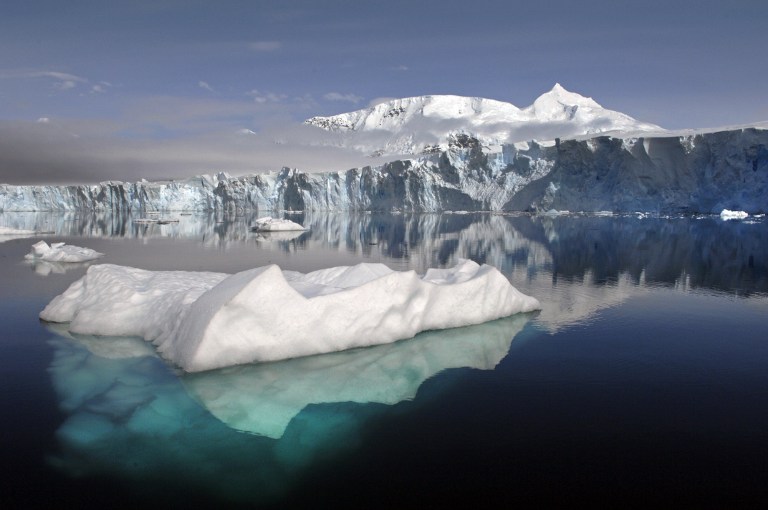SUMMARY
This is AI generated summarization, which may have errors. For context, always refer to the full article.

SYDNEY, Australia – Australia, New Zealand, the United States, France and the EU on Wednesday, October 16 stepped up pressure on Russia for a swift agreement to create vast Antarctic marine sanctuaries.
The Commission for the Conservation of Antarctic Marine Living Resources (CCAMLR), comprising 24 nations plus the European Union, meet in Australia next week with Russia seen as key to protecting large swathes of the wilderness area.
At a special summit of CCAMLR in Germany in July, Moscow blocked a plan to create the ocean sanctuaries off Antarctica for a second time, and foreign ministers from the main proponents issued a rallying call on Wednesday.
“Australia, the European Union, France, New Zealand and the United States jointly call for the establishment this year of marine protected areas (MPAs) in the Southern Ocean, in the Ross Sea Region and in East Antarctica,” they said in a joint statement, without naming Russia.
“The establishment of such MPAs follows through on the vision expressed by all nations at the World Summit on Sustainable Development in Johannesburg in 2002 and the Rio+20 conference in 2012.”
CCAMLR is a 31-year-old treaty tasked with overseeing conservation and sustainable exploitation of the Southern, Ocean but at the meeting in Bremerhaven Russia questioned its legal right to declare such a haven, according to organizations at the talks.
Russia has argued that planned restrictions on fishing are too onerous although most other nations support the proposals.
One of the proposed sanctuaries, floated by the United States and New Zealand, covers 1.6 million square kilometers (640,000 square miles) of the Ross Sea, the deep bay on Antarctica’s Pacific side.
The other, backed by Australia, France and the EU, would protect 1.9 million square kilometers of coastal seas off East Antarctica, on the frozen continent’s Indian Ocean side.
Protecting the areas – which biologists say are rich in unique species – would more than double the area of the world’s oceans declared sanctuaries.
The waters around Antarctica are home to some 16,000 known species, including whales, seals, albatrosses and penguins, as well as unique species of fish.
In their statement, the foreign ministers said the Ross Sea and East Antarctica regions were widely recognized for their remarkable ecological and scientific importance.
“The MPA proposals now before the Commission are based on sound and best available science, will provide a unique laboratory for continuation of marine research, and will have profound and lasting benefits for ocean conservation, including sustainable use of its resources,” they said.
CCAMLR nations meet in Hobart from October 23. – Rappler.com
Add a comment
How does this make you feel?
There are no comments yet. Add your comment to start the conversation.